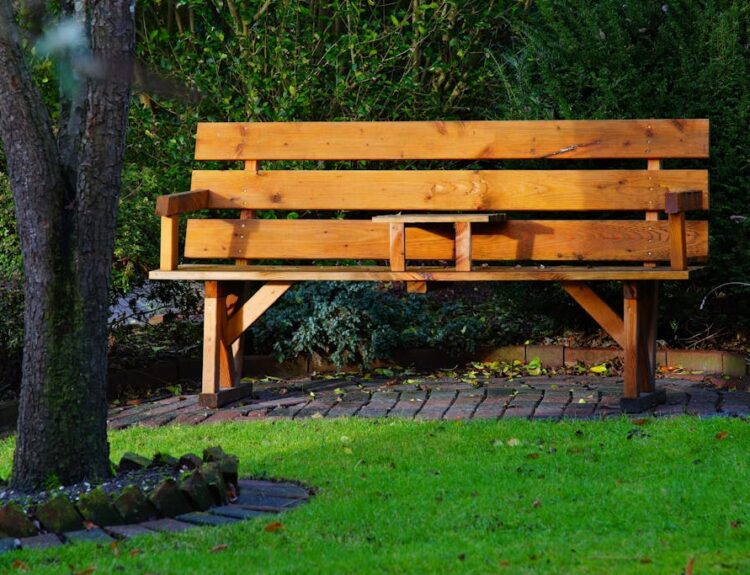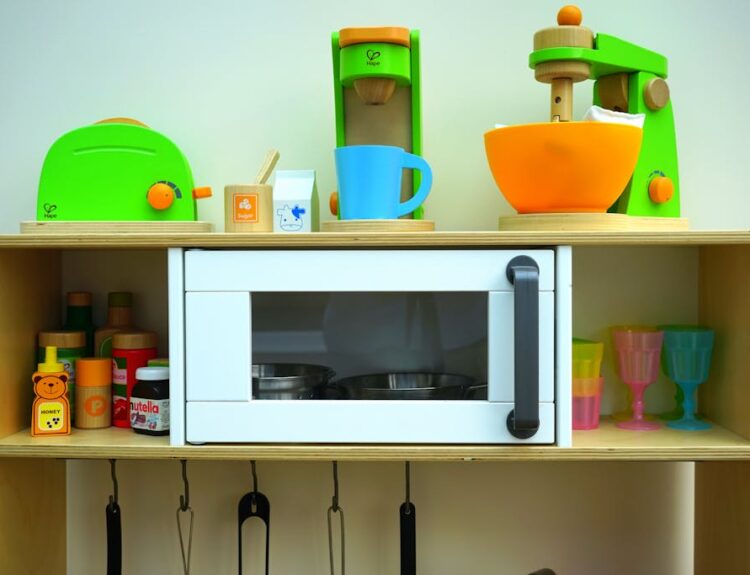Furniture isn’t just functional; it adds personality and comfort to your home. To ensure your pieces last, proper maintenance and care are crucial. Here’s a simple guide to keeping your furniture looking its best for years to come.
Dust and Clean Regularly
Dust might seem harmless, but over time, it can scratch and dull surfaces. Use a soft cloth to gently dust your furniture weekly. For deeper cleans, make sure to use the appropriate cleaner for the material—wood, glass, metal, or upholstery. Be wary of harsh chemicals that can damage finishes and fabrics.
Protect from Sun and Heat
Prolonged exposure to sunlight can fade and even damage your furniture. Keep pieces away from direct sunlight when possible, or use curtains and blinds to filter the light. Similarly, keeping furniture away from heat sources like radiators can prevent warping and drying out, especially with wood.
Mind the Moisture
Humidity and moisture can wreak havoc on almost any type of furniture. Wood can swell or warp, and metals may rust. Keep your indoor humidity levels balanced with air conditioning or a dehumidifier. Always wipe up spills immediately to prevent water marks and other damage.
Treat Stains Promptly
Accidents happen, but they don’t have to spell disaster for your furniture. Clean up spills as soon as they occur, following the cleaning guidelines for the specific material. Usually, gentle blotting—rather than scrubbing—is better to prevent spreading the stain or damaging the fabric.
Rotate and Flip Cushions
If your furniture includes upholstered items with cushions, prolong their life by rotating and flipping them regularly. This prevents uneven wear and keeps them looking fresh and comfortable for longer.
Use Protective Measures
Consider using coasters under glasses and bottles to avoid rings on tabletops. Tablecloths, placemats, and furniture pads can also shield surfaces from scratches and spills. For high-traffic pieces, like dining tables or dressers, these small protective measures can make a big difference.
Handle with Care
When moving furniture, always lift rather than drag to avoid damaging the furniture’s legs or the flooring. Take apart larger items if possible to prevent strain on the joints during moves.






